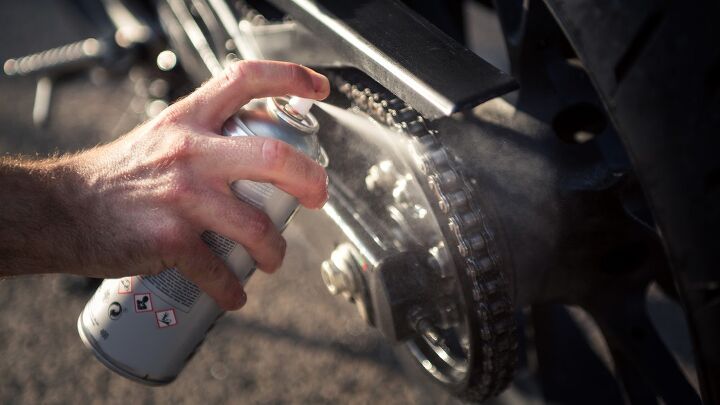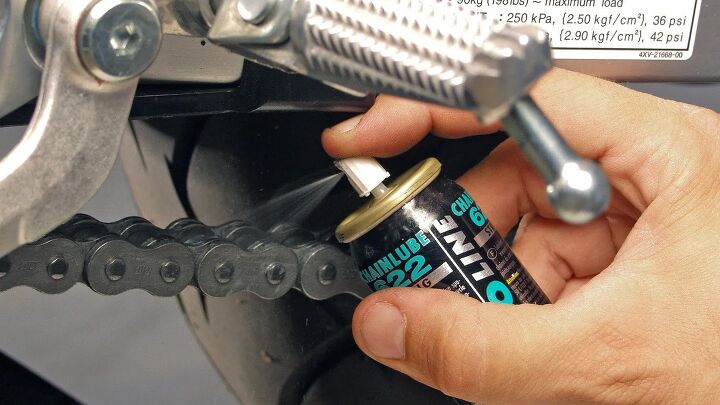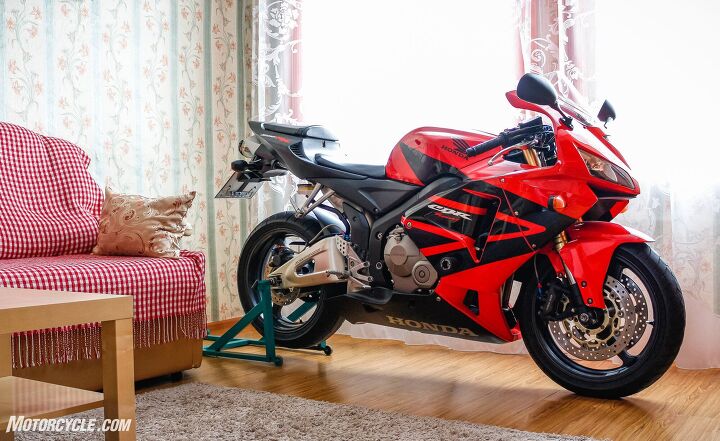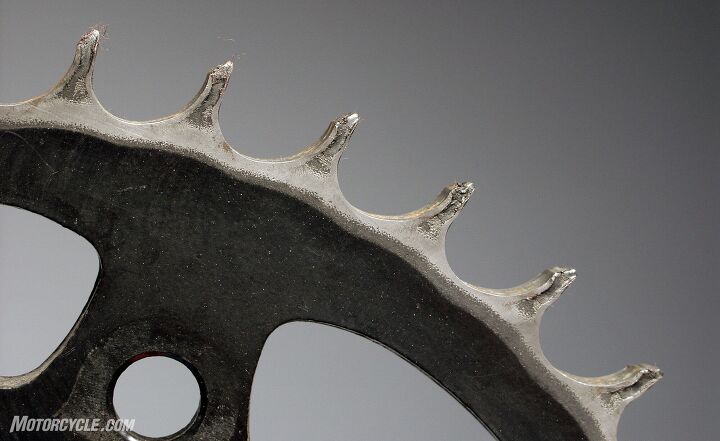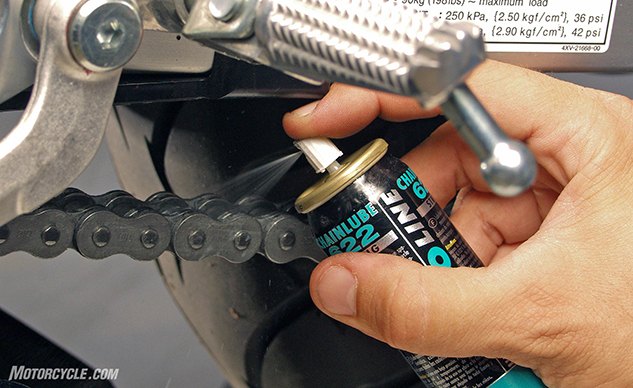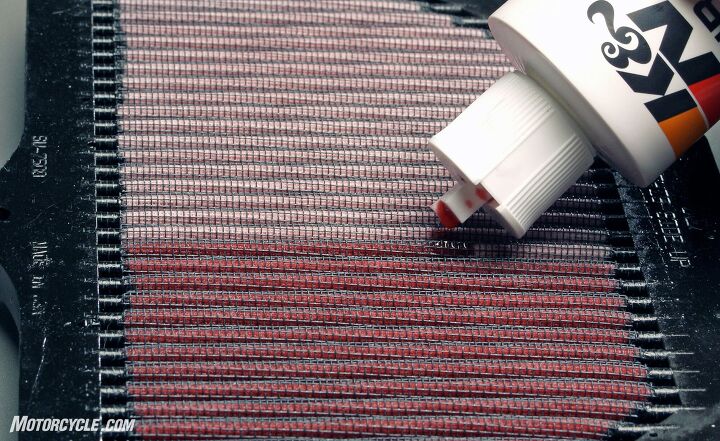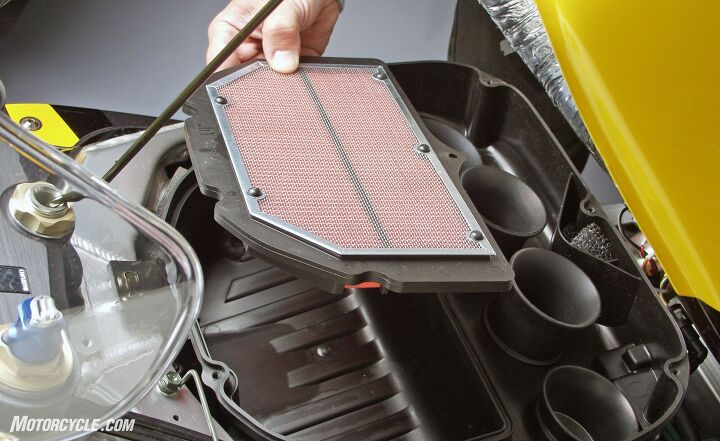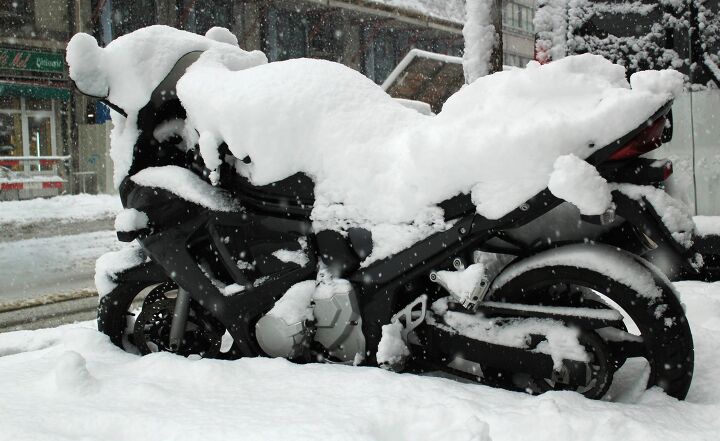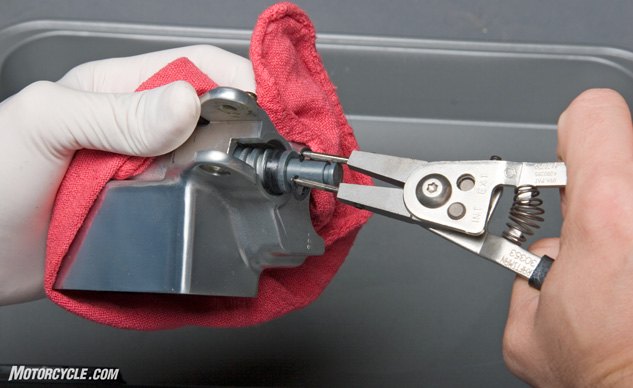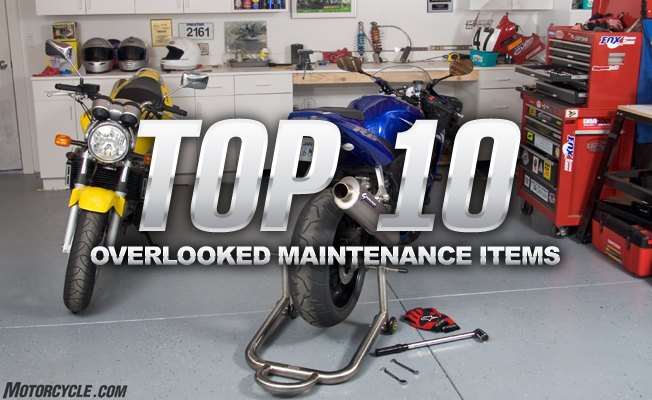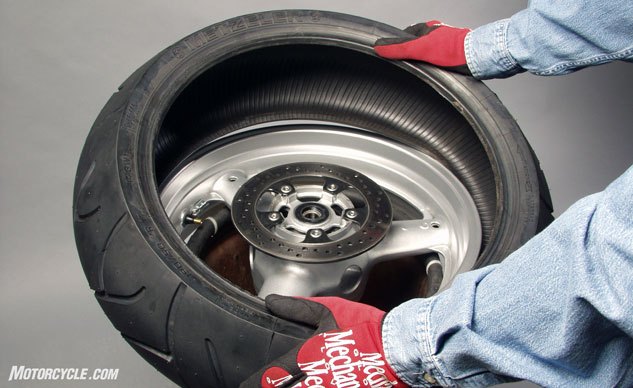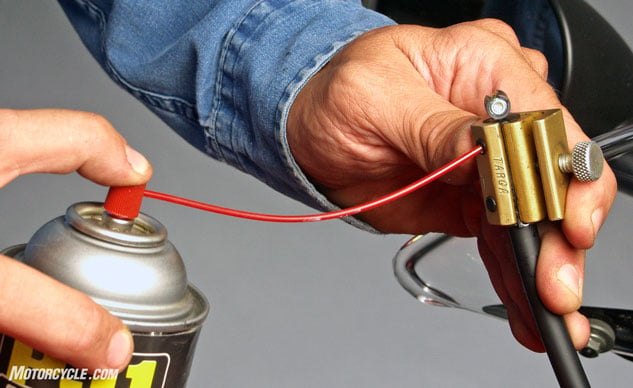#maintenance
How To Protect Motorcycle Chrome
There is sound logic behind popping a bottle of your favorite suds, saddling up next to your bike after a Sunday ride, and going over every shiny bit of chrome with a soft cloth to ensure its gleaming. Protecting your motorcycle’s chrome is about getting ahead of the game with preventative maintenance, ensuring that all the glistening chrome-plated components can continue to thrive for years. In this article, we’ll discuss the nitty-gritty related to chrome, from why it’s used to how owners can keep it in excellent shape. Sound good? Break out those clean rags and get ready to put in some elbow grease.
How to Change Your Own Oil
If you’re a new rider, among the most satisfying experiences you can have is servicing your bike. That’s because, frankly, motorcycling is like a relationship, and the more you know about and can well care for your machine, the fuller and deeper the experience will be. How’s that for philosophical? Anyway, there are practical reasons for changing your own oil, too: 1) It saves money because you’re contributing the labor for free; 2) You are learning about tools, bolts and seals, parts and assemblies, and how everything works; 3) You are growing your self-sufficiency, which is always a good thing out there in the physical world; and 4) It’s all to perform an essential job right, and it will inspire you to tackle other maintenance items later on. (And someday, maybe even adding bike accessories or doing an entire build?)
Basic Motorcycle Maintenance Tips
Everyone has probably heard of the famous book, Zen and the Art of Motorcycle Maintenance. But what’s that mean, exactly? To keep it simple, let’s forget the Zen part here, and just talk about the importance of maintenance. You’ll want to maintain your motorcycle properly because that way, you’ll get the most reliable and enjoyable riding experience, and more importantly, by keeping on top of maintenance, your bike will help take care of you, giving you a safer riding career. In all areas, your factory owner’s manual has precise guidance for what steps to take, what parts and tools are needed for your model, and when to do the work. But what if you’ve bought an older bike, say, that’s missing its manual? Let’s consider some fundamentals.
Long Winter's Nap: Taking Your Motorcycle Out Of Storage
Waking your bike from its long winter’s nap is one of those good news/bad news moments. The good news is that, if you prepared your bike for the winter, getting back out on the road is pretty darn simple. The bad news is that, if you didn’t, you could be in for a bit of work (or more) before your motorcycle is ready to ride. While it may seem counter-intuitive, leaving your bike idle without preparing it is actually quite stressful on it. The volatile components in gasoline will separate and evaporate. The chemicals used to store electricity in the battery self-discharge. The air in the half-empty gas tank forms a microclimate in which any moisture has a chance to work its oxidizing magic on the exposed metal in the air pocket. Any corrosive materials left on a dirty bike get to gnaw away at it unchecked. Ozone will age the rubber parts. All of these are bad things.
Basic Maintenance Every Rider Should Do
It’s fair to say most, if not all, of us prefer riding over wrenching, but as much as our beloved motorcycles provide us with happy memories and roadside therapy, these machines also need a little loving. Basic maintenance isn’t difficult, but it does require periodic attention. Adhere to the manufacturer’s suggested maintenance intervals and your machine will provide you with miles upon miles of trouble free riding. The best part is that most of the things we suggest below don’t require special tools! Curious what you should be on top of when it comes to motorcycle maintenance? Then keep on reading.
MO Wrenching: Air Filter Maintenance
Back in the Dark Ages, a great way to increase your bike’s horsepower was to toss the stock airbox, install a set of pod filters, and rejet your carbs. Well, all that changed with the advent of ram air, which forces cool, outside air into the airbox. The faster you go, the more air forced into the mixers, giving the bike more power. One thing hasn’t changed, though. For your engine to operate at peak efficiencies, the air filter needs to be clean to allow maximum airflow. Even though your EFI’s oxygen sensor can adjust the air/fuel mixture to compensate for a clogged filter. If you let your filter get dirty, you’ll still experience power loss and reduced gas mileage. Regular – or at least annual – cleaning of your bike’s air filter is a simple way to keep it running great.
How To Winterize Your Motorcycle
The sad truth about motorcycles is that they need special treatment if they’re going to sit for even just a few weeks. The gas in the tank and the chemicals storing electricity in the battery are the first to suffer, and both of those are important for getting your bike back underway. However, many other things can accelerate the wear on your motorcycle if you don’t take care of them before an extended hibernation. Unfortunately, many riders don’t winterize their bikes for the off season and are greeted with an ugly surprise come springtime.
MO Wrenching: Brake Master Cylinder Rebuild
Calipers aren’t the only part of the brake system that will need to be rebuilt occasionally. The master cylinder, which powers the entire hydraulic system, needs attention from time to time. If it has a problem, you won’t get full performance from your brakes. The most common issue is a piston with a worn primary or secondary cup, which allows hydraulic fluid to flow past the seal, resulting in low braking power or leaking at the brake lever. The master cylinder also has several tiny orifices that, if they clog, can prevent proper operation of the brakes. If you have gone through the trouble of rebuilding the calipers, you should spend the extra time to clean and inspect the master cylinder.
Top 10 Overlooked Maintenance Items
Perhaps the motorcycle manufacturers are to blame. They’ve made their products so reliable that we take them for granted. We almost feel that if we just keep our bike’s tank full and spoon new rubber on the rims when necessary, we’ve got our machinery handled. Well, that’s not quite true, and consequently, many riders tend to overlook basic maintenance for extended periods. While lots of riders have the off-season in which they have the time away from riding to take care of annual upkeep, many little things need to be done on a regular basis throughout the riding season.
MO Wrenching: How To Change Motorcycle Tires
Why would anyone want to change their own tires? Isn’t it hard work that usually involves at least one bleeding knuckle? Don’t the tools cost a small fortune when you consider that shops only charge about 25 bucks for the service? Well, some riders don’t live within a few miles of a bike shop. And some folks, well, they’ve always got to do things themselves.
MO Wrenching: How To Lube Cables
Lubing your motorcycle’s cables should only take a few minutes, but it pays dividends every time you operate a control. For the throttle cables, unscrew the throttle housing on the grip and adjust the cables for maximum slack. After you release one of the cables, the other will slip right off. For the clutch cable, screw the adjuster all the way in for maximum slack but line up the slot in the adjuster with the slot of the lever holder. You should be able to pull the end of the cable free of the adjuster and release the cable.




